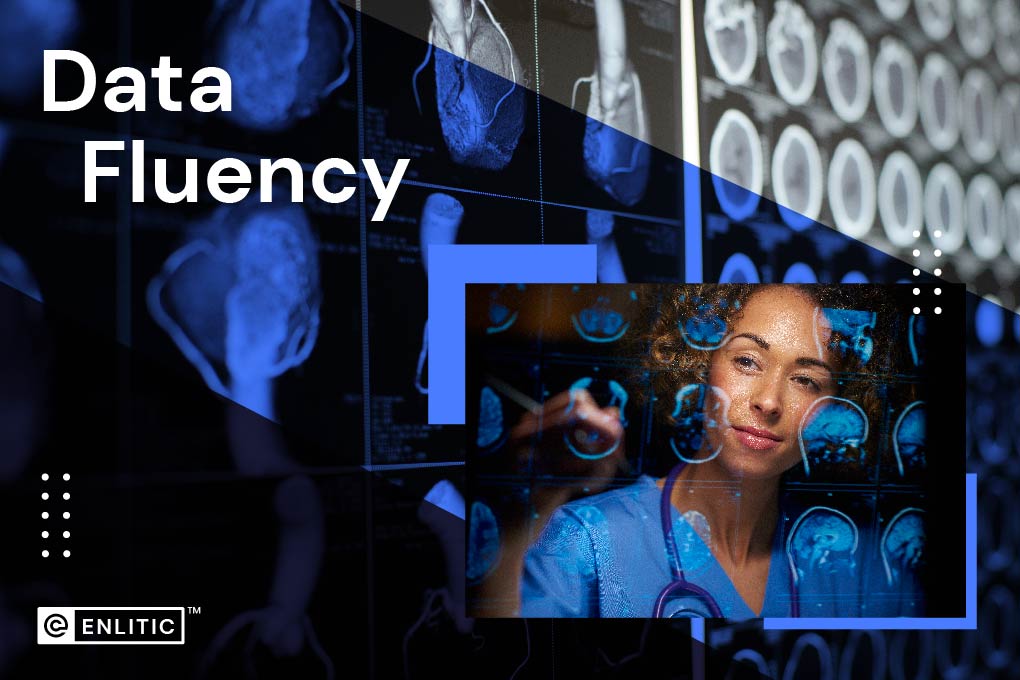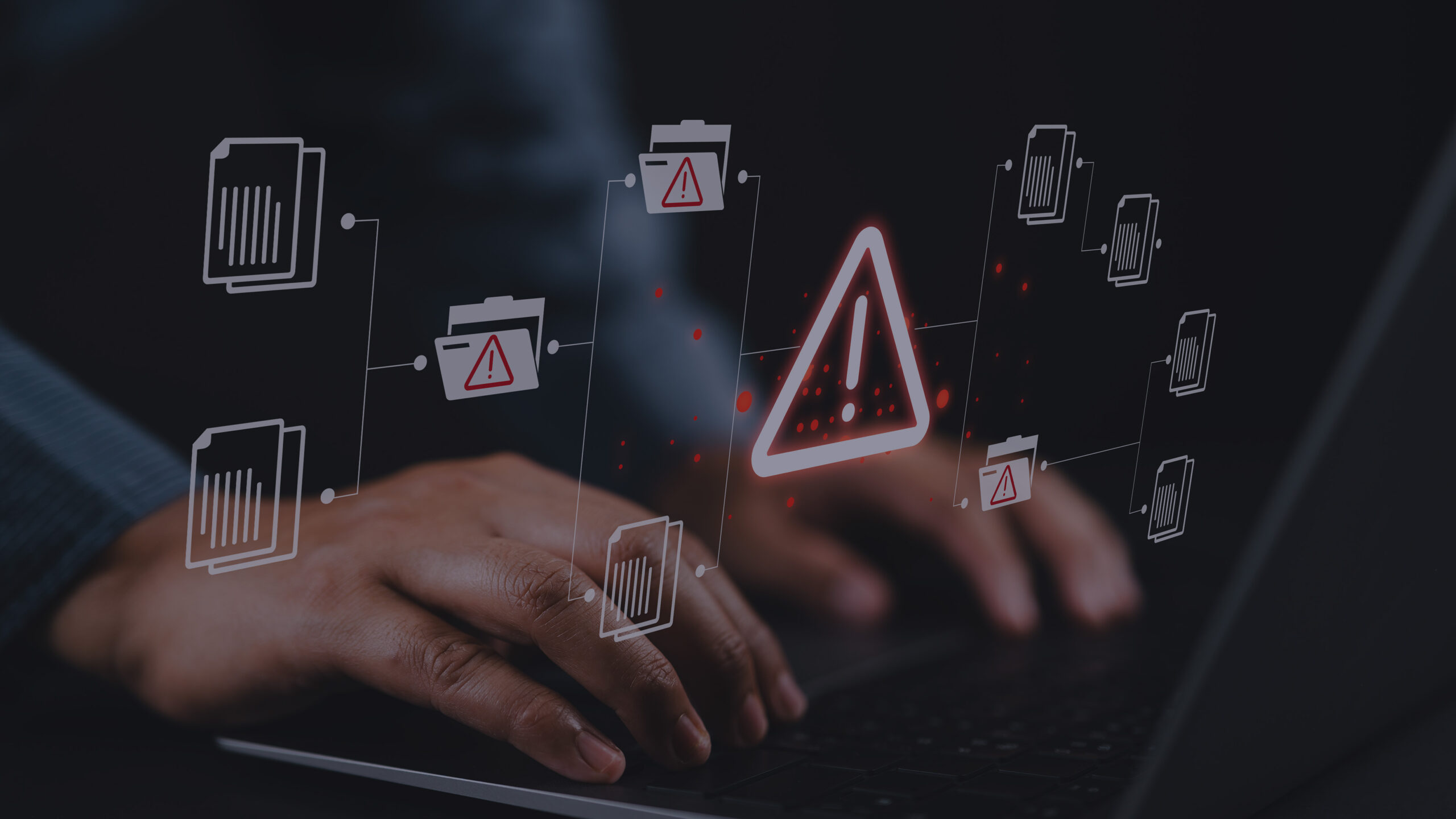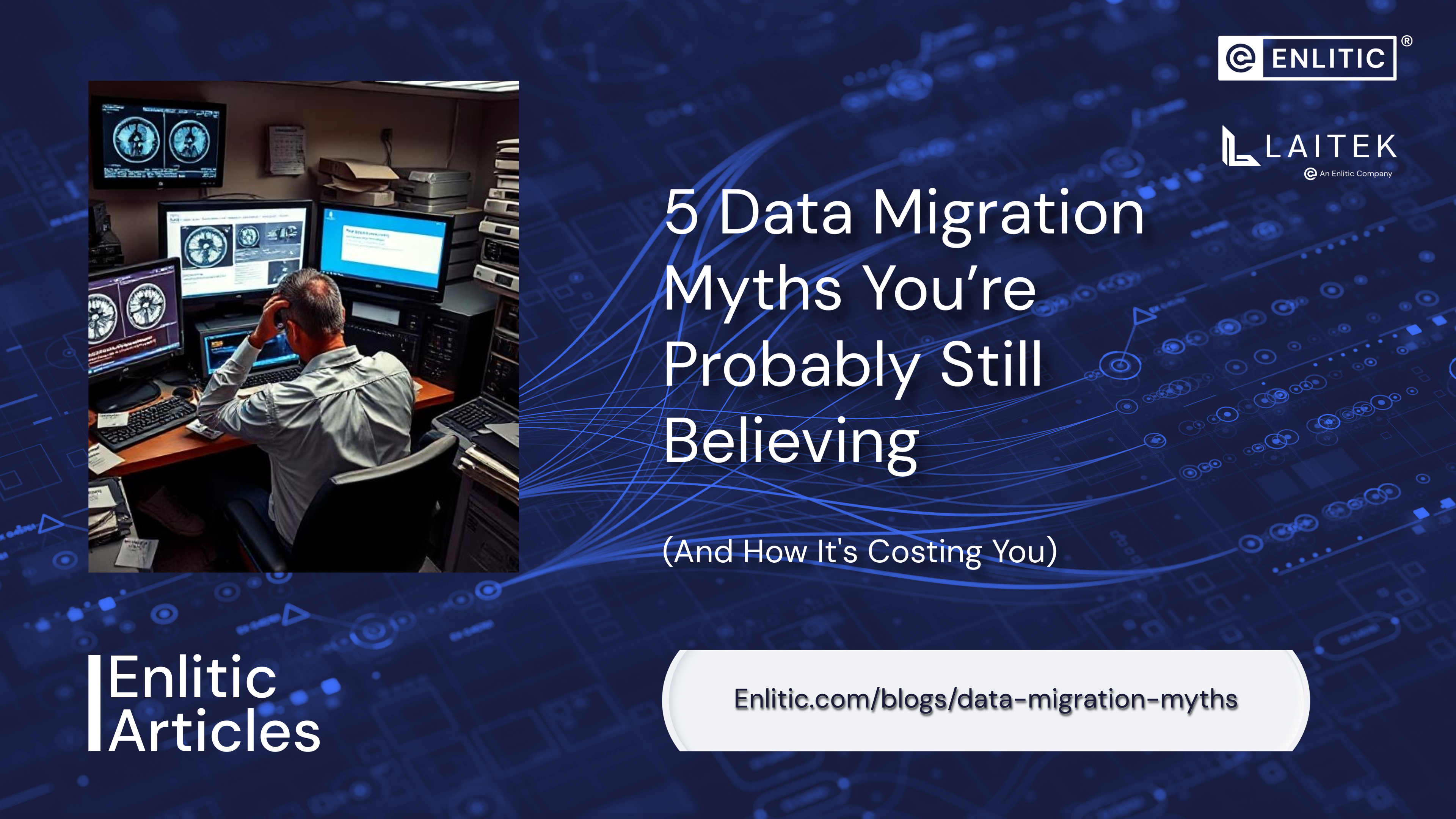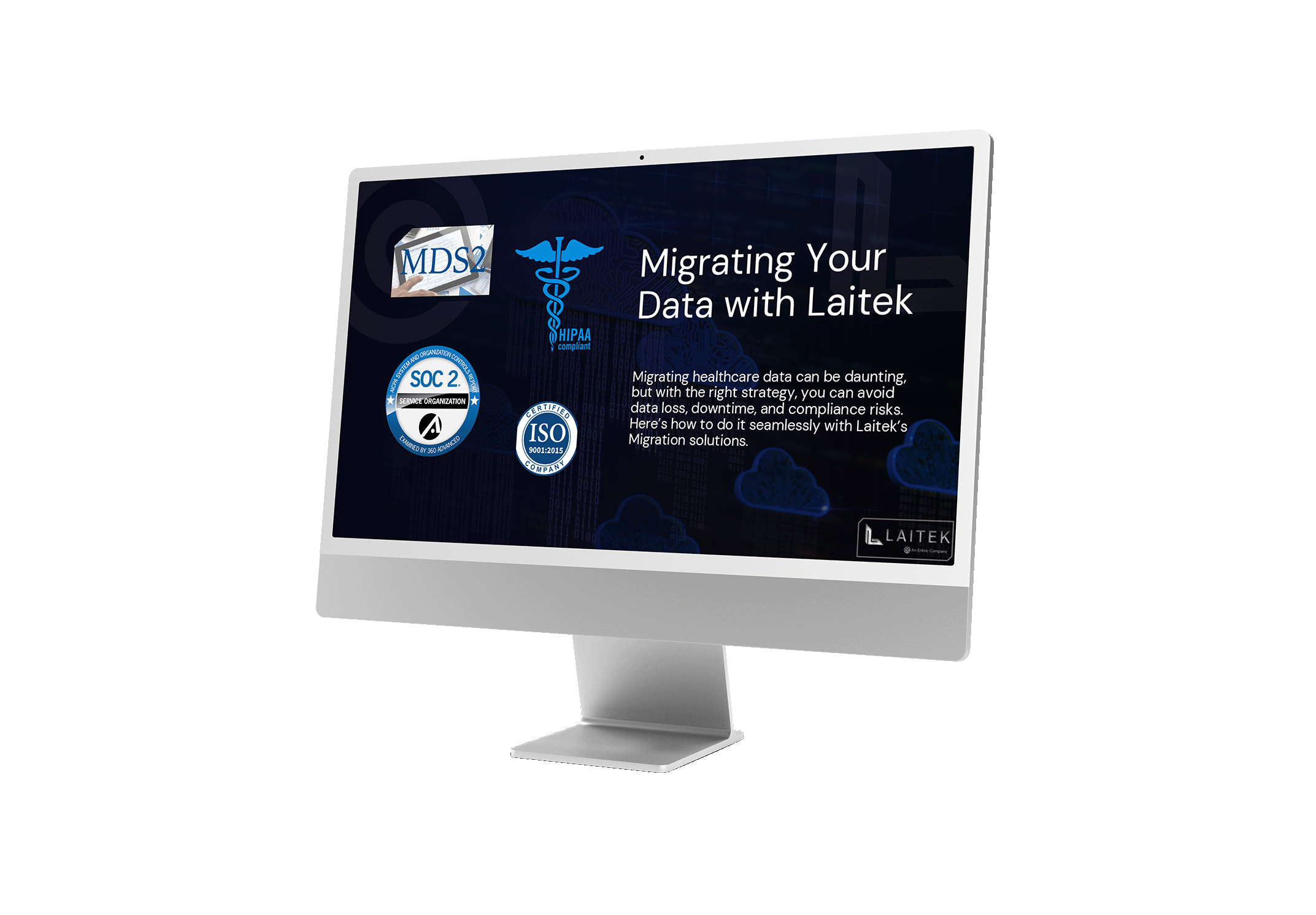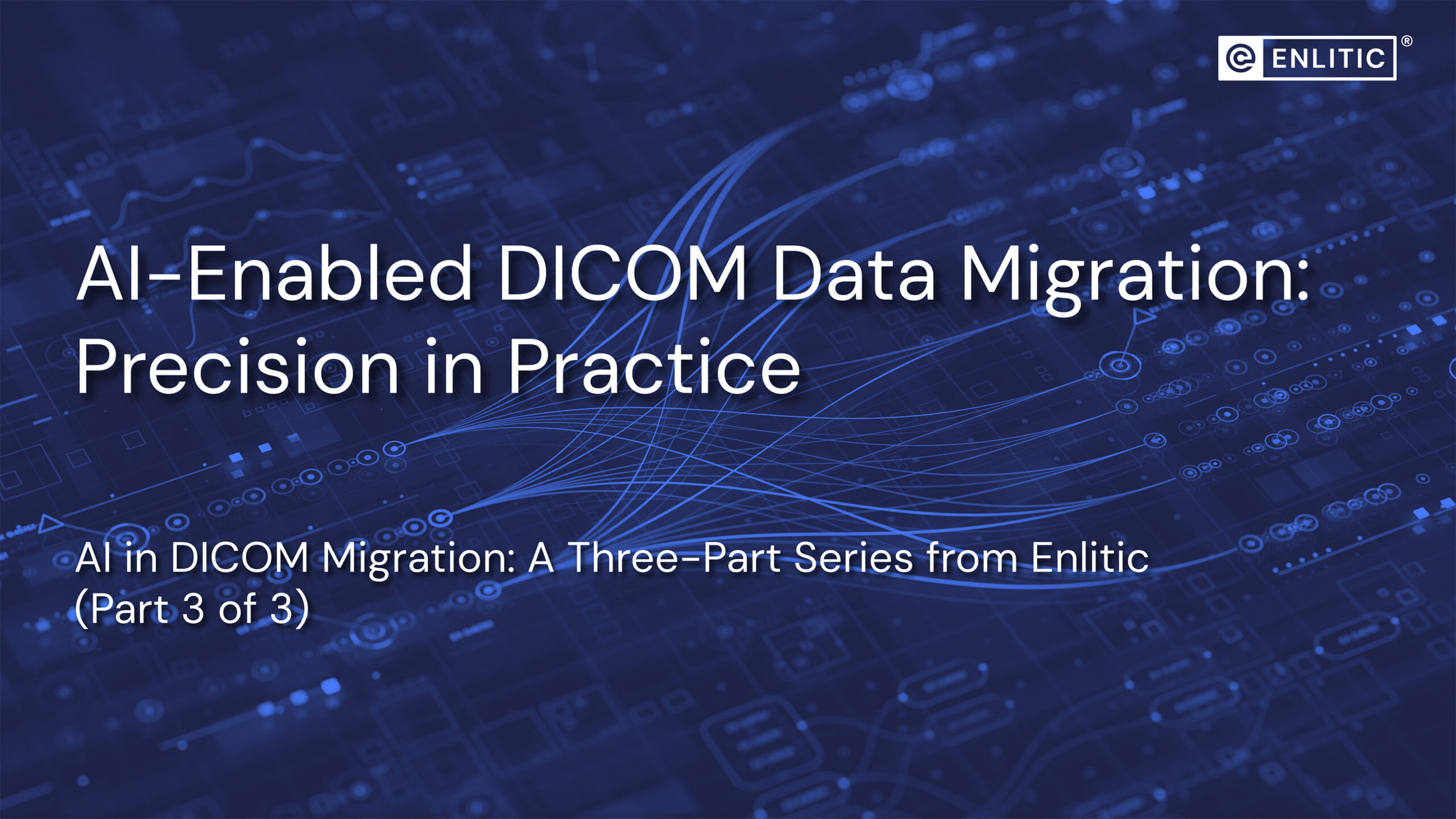Data fluency is a topic that has been around for a long time. Those who work in the healthcare industry have seen it over and over, with even the biggest companies. Data fluency challenges remain ongoing. So, what is data fluency? Data fluency is the ability to communicate data insights while understanding the context and methods used to process the information. That is, understanding what went into making a clinical decision.
The problems that relate to data fluency in healthcare impact the ability to pull together relevant information to make well informed decisions. Technology exists today to solve these issues, but vendors have ignored, or refused to address the core problems that will enable data fluency and impact the delivery of healthcare.
Today, 78% of all Artificial Intelligence projects stall. There are several reasons for these failures. Many organizations jump to the middle steps looking at the end goal, not realizing that there are several critical first steps to consider, such as data governance and quality. Following the AI Adoption Model (AIAM) can overcome these missing steps. But when it comes to data, we know that 96% of facilities encounter data quality challenges that impact their AI projects. Whether it is the format of the data, the labeling of the data, data is incomplete or missing altogether, the issues are creating massive roadblocks.
Data is just content without context. Healthcare generates petabytes of data. Information is data with context. Healthcare data often lacks context – patient history, demographics and other factors can be missing, incorrect or incomplete. Gathering insights from the information gathered defines intelligence. Healthcare strives to develop intelligence and insights into patient conditions.
Many companies misunderstand or underestimate the data challenges in front of them and want to deploy AI without the full picture. Many projects look at the result – “Can we detect more strokes; can we identify more pathologies?” This is great, but very few projects look at the data that is required to accomplish this. The result is facilities spend most of their time working on the data to validate these solutions and fall short.
To leverage data fluency in clinical care, providers need to be able to turn massive amounts of raw data into actionable information. This means adding context to the data, standardizing the data, and ensuring the relevant clinical context is associated with the data.
To achieve data fluency, we must overcome these three challenges:
1. Interoperability continues to plague providers
2. Data governance and standards are lacking
3. Data remains in silos impacting accessibility
Data fluency connects caregivers across roles and enables insights into patient data that enables the delivery of meaningful patient care. The technology and capabilities are currently available if we just address the root causes. Digging deeper, how can our industry resolve these three challenges?
Interoperability Continues to Plague Providers
We have HL7, FHIR, DICOM and more that enables sharing of data, but a lack of standard nomenclature impacts the ability to analyze the data. A lack of interoperability between facilities and imaging exams prevents the ability to search for the 42 -year-old female Hispanic patient with a study that is positive for a lung nodule. There is no ability to find similar cohorts due to that lack of interoperability. Just because I can send a patient study from one facility to another does not mean I can gain any insights from it, at least easily.
With a lack of interoperability data lacks context. I can call Japan, but it does not mean I can talk to the person on the other end of the phone if we do not speak the same language.
A Real-world Nonclinical Example
You can travel around the world, call home to talk to family and have no issues with technology. Telco providers have overcome interoperability challenges, that were a problem 20 years ago. Who remembers those days? You could not travel to Japan with a North American phone. Travel to Europe was similar – you would buy a SIM card at the airport to have basic communication.
Today, you can go anywhere with your phone and text, email, call and have access to information wherever you are. It does not matter what phone manufacturer you are carrying.
Data fluency means I can see who is calling, accept their call, add them to my phone book – see how long we have talked. I can gain insights to this data because there is a degree of interoperability with cell phones, regardless of phone manufacturer or location.
In healthcare, solving interoperability is achievable with today’s technology.
Utilizing AI tools that use NLP (Natural Language Processing) and Computer Vision we can analyze and process the data that is generated and provide context to the data. This makes it much more useful from an interoperability perspective. Adding context gives users the ability to understand the data better, regardless of the source It ties the data together making search parameters broader, and sets the stage for the use of data fluency in the effective delivery of patient care.
AI tools can analyze an image, determine if there is missing data, validate the type of study and enrich the data providing the ability to gain insights.
Data Governance and Standards are Lacking
Within facilities, between facilities and across the globe there is a distinct lack of data governance. Data is often inaccurate, incomplete, or missing. Patient data can have similar qualities but be identified differently. This poor data quality heavily impacts workflows in a multitude of areas.
Real-world Nonclinical Example
You can purchase music from Apple or Spotify, create playlists, connect different headphone brands to your cell phone and listen to your music – data governance and standards exist in the music industry. There was a time when only Apple would play Apple music, you were confined to playing music bought from the Apple store on your iPod.
Apple takes it even further and looks at what you are purchasing and makes recommendations for similar music – the “other listeners also purchased…” approach. They gain insight into their data by having standards in place that define the genre, age, artist and more. A data governance structure makes it easy to find and play similar music.
In healthcare, solving data governance is achievable with today’s technology.
Using AI tools to analyze and process the data we can create standard nomenclatures, complete missing data, and validate potentially incorrect data. AI can improve data quality which then impacts the workflows of radiologists reading, administrators data management, billing, and coding efficacy.
Using AI to enrich the data and create a normalized structure around that data we can build a real-world evidence database. This allows us to make a standard type of query: a 42 -year-old Hispanic female with a positive lung nodule.
Data fluency gives us the ability to gain insights into the real-world evidence database by having patient studies with relevant context. This goes well beyond the traditional relational database; this is where data fluency makes a difference.
Data Remains in Silos Impacting Accessibility
Electronic medical records (EMR) contain incomplete records and lack integration into many systems creating an incomplete view of the patient. In fact, patients report that 25% of their records are inaccurate. Care plans for specific diseases are lacking and are inaccessible to physicians that may be treating patients of a similar cohort.
How come a young lady in a small rural town that has been diagnosed with stage three breast cancer is not being treated similarly as a patient at a predominant health system that specializes in breast cancer? Why does the young lady, in the rural town, not deserve the same access to care treatment insights that anyone at a major facility would get?
If that oncologist in that small rural town had access to clinical insights and information from health systems across the country so that when they pull up their patient, the system recognizes that she is of Native American descent, she has had a certain lifestyle, and her environmental factors are x, y, and z. Then, the system pulls out of the population, everybody that matches her individual criteria. The oncologist would gain insights of what worked best for somebody in this cohort, so that the individual could have the best outcome.
Real-world Nonclinical Example
You can access your bank information from anywhere. You can see a dashboard of your retirement savings, where your investments are, how they are growing or changing. Investment companies provide you with the means to calculate what you need to save for retirement and make suggestions on how to get there. Financial institutions enable you to see what your best choices are for investing and get a detailed analysis of your financial situation across organizations – the financial institutions have accessibility to your data.
Additionally, you can download an app that protects your data and financial information and consolidate it all into a single dashboard. You have the tools to make the best possible decision across different platforms and the different places where your money is stored.
In healthcare, solving data access is achievable with today’s technology.
AI can span systems, crawl relevant data and apply context to that data in a real-world evidence database enabling smart queries for physicians to make decisions.
Development of a real-world evidence database can provide access to caregivers. The data and the technology to accomplish this exists, it is just that nobody has wanted to attack it.
And getting access to the data is just the beginning. You may be able to query a 10-year-old archive, but without data governance and interoperability what you pull back is still just a fraction of the real data. All these things tie together.
Healthcare generates 30% of the world’s data volume with a CAGR (Compound Annual Growth Rate) of 36%. That is 6% faster than manufacturing, 10% faster than financial services and 11% faster than media & entertainment (which is surprising considering social media platforms).
Content without context is just data. Adding context to that data provides actionable information from which we can gain valuable insights and data fluency drives meaningful decision making in the clinical care setting.
Artificial intelligence can be used to overcome these challenges and drive data fluency, making healthcare more efficient, effective, and affordable. But first we need to solve these basic, core problems that have been around forever.
And that is what we are doing at Enlitic. Reimaging healthcare by reimagining intelligence.

